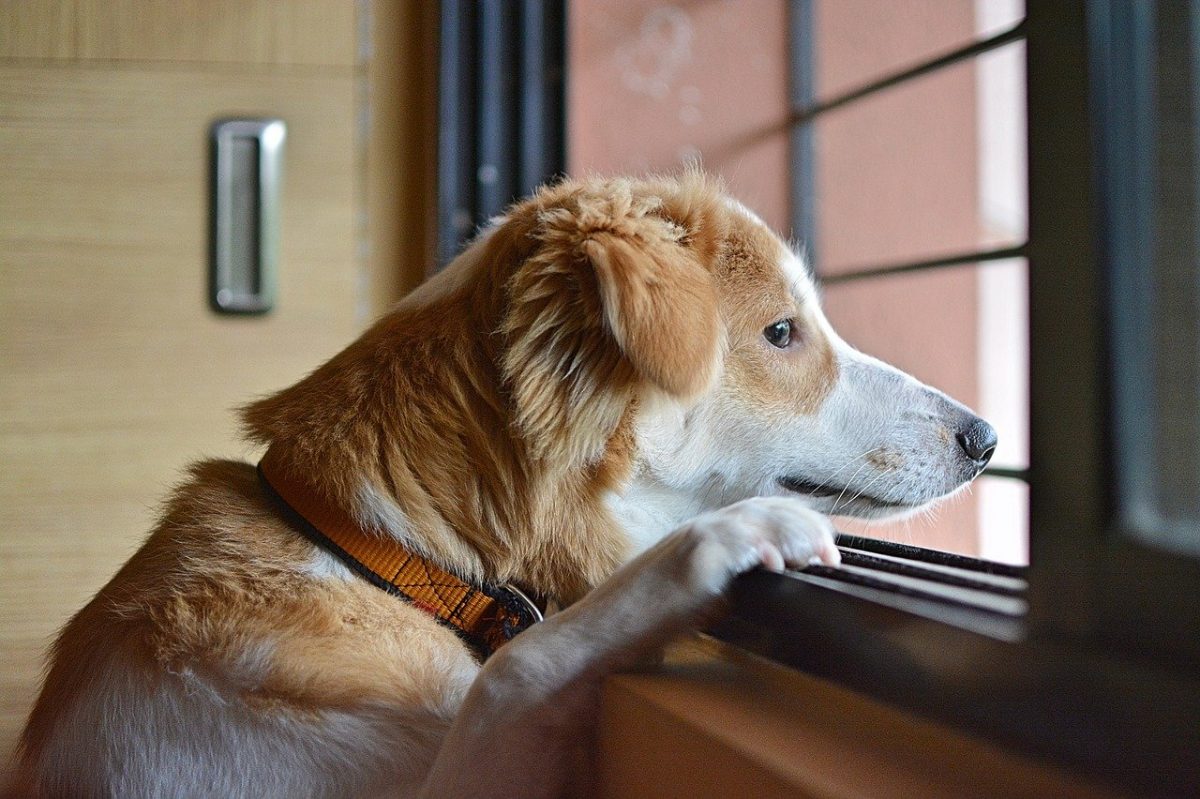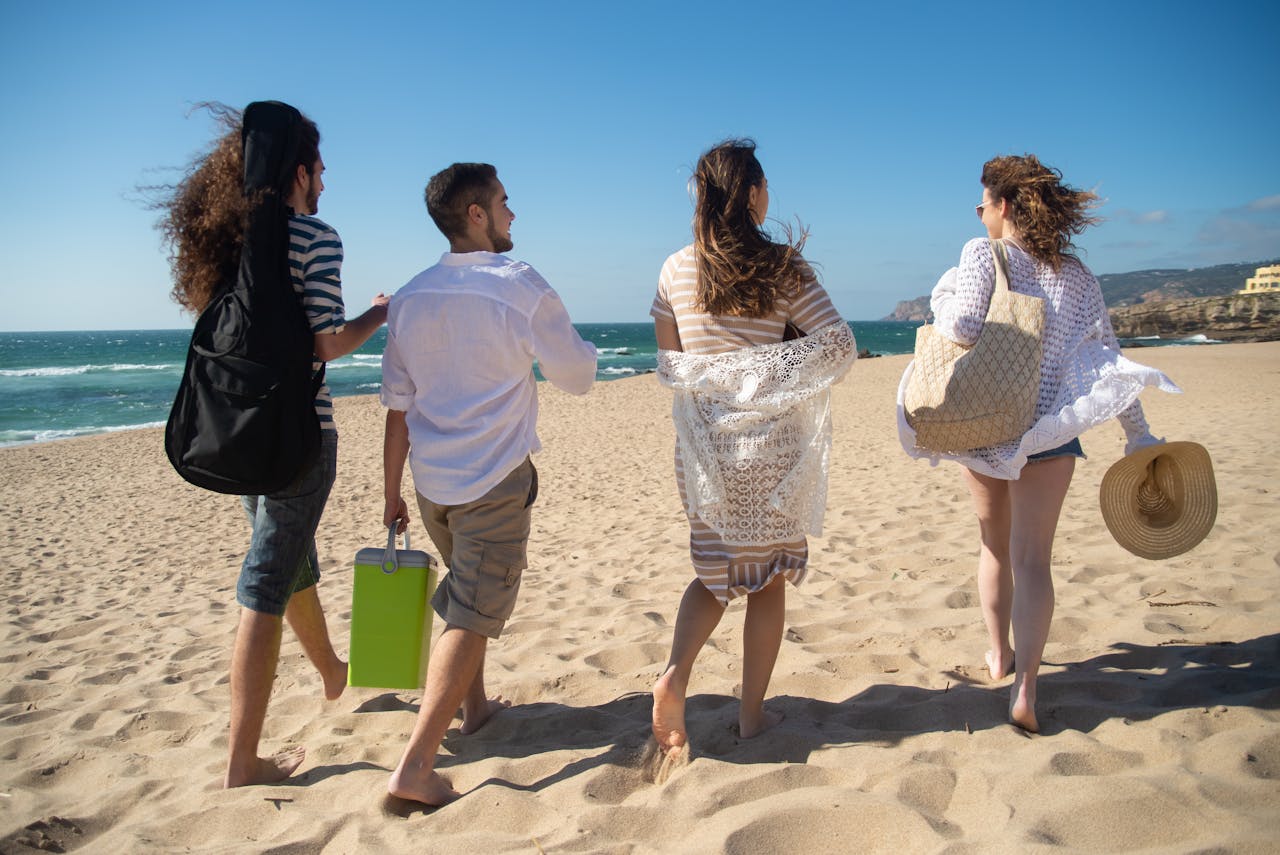Hotels Adjust Accommodation Strategies for Pandemic Pet Boom

Skift Take
If you owned a dog two years ago, it’s more likely your getaway prep would involve searching Google for a local boarder, or texting a friend to pet sit.
But as the pandemic and the number of people working from home stretched on, hoteliers noticed that travelers looking for an adventure are increasingly likely to pack a leash — a trend gaining traction even before the pandemic — along with their walking shoes.
“Nearly 20 percent of American households adopted a pet during the pandemic,” said Jim Bess, director of operations for The Clancy hotel in San Francisco, citing statistics from animal welfare agency the American Society for the Prevention of Cruelty to Animals. “Those pets have been pampered, with more of their owners at home all day. Now that those people are traveling, they will likely want to have the option to travel with their pets and pamper them on the road.”
At The Clancy, that means offering such creature comforts as pet beds, artisanal local dog treats, and a puppy menu in the on-site restaurant. Other hotel pet programs that are as noteworthy as they are Instagram-worthy include Soho Grand’s guest-exclusive adjacent dog park; and Metropolitan at The 9 in Cleveland, home to the only hotel in the U.S. with an indoor dog park.
Kimpton was one of the first hotel brands to allow pets at all of its hotels.
The Clancy’s recent rebrand from a former Marriott Courtyard to an Autograph Collection property comes at just the right time, said Bess. When the location opened in 2002, pets were not welcome.
His team decided to re-evaluate that policy as “part of our critical path to rebranding” and opened its doors to four-legged guests at the end of 2020. Each Marriott property has its own pet policies and costs.
With resilient textiles and flooring – and an open lobby that prevents timid guests from getting close to dogs – the bones were already there in terms of infrastructure, said Bess.
Chris Kingsley, co-founder of the travel blog Pets Welcome, said that any lobby that can cut down or remove interaction with two-legged and four-legged guests should be one of the foremost considerations for the future of hotel development or management post-COVID. Technologies like electronic check-in and the ability to open rooms via guests’ own phones give properties a leg up with dog owners, he said, citing the Hilton Honors app.
Another of Kingsley’s predictions about the future of traveling with animals is less about the physical than the experiential. He suggests that properties lead the pack by “adding a pet-friendly guide to their app that highlights all the nearby pet-friendly venues that are known only to locals,” he said. “Or, add guided walking tours for you and your pet.”
Such an app would be welcomed by Boston pet owner Corinne Bourgoin. As a manager with the Massachusetts Society for the Prevention of Cruelty to Animals, she’s helped place hundreds of shelter pets during the pandemic. But taking her own Border Collie, Bea, on the road might be even more work.
“I’ve done two road trips with her, and it’s so much planning,” Bourgoin said while describing the process of researching local parks and dog-friendly activities. “Bringing them along may sound ‘nicer’ than boarding, but unless you’re going to make sure they’re part of a trip, it’s really not great to keep a dog inside alone all day, alone, in an unfamiliar environment like a hotel.”
She’s opted for more outdoorsy road trips that give new meaning to the “dog days of summer” — that season offers Bourgoin and Bea the most opportunities to get active outside in New England.
July and August are peak months for those traveling with pets at Inn by the Sea in Portland, Maine, where canine-friendly luxury travel has been part of the hotel’s profile for three decades. Popular activities include nearby walking trails, free-range parks and pet-friendly beaches.
Reservations for the 21 pet-friendly rooms — one-third of the property’s portfolio — are always scooped up first, said Rauni Kew, the hotel’s public relations and green program manager. Rather than add more of those accommodations into the mix based on demand, however, Kew said the Inn has the ratio down to a science.
“There’s a tipping point. While most of the rooms are suites, the property is intimate and we want the experience to remain that way for all guests, along with pets,” she added.
Accommodations are set aside on the first floor for easier access to the outdoors for when nature calls. The strategy also helps avoid interactions in elevators, so no one can hear paws or claws coming from the guest room above them.
The one-third ratio makes cleanup easier for staff, too. While maintaining those rooms comes with “a little more effort,” in the end, it’s worth it for the “joy on guests’ faces when they see all creatures great and small,” Kew said.
Since sanitation standards have been enhanced at most hotels due to COVID protocols already, Kingsley said it’s a “no brainer” for them to broaden their customer base by welcoming guests who travel with pets — and perhaps even ease up on charging extra cleaning fees.
But the pet community isn't satisfied with the ongoing momentum of hotels increasingly opening their doors and guest rooms to four-legged friends. Shandos Cleaver, another pet travel blogger, has a different bone to pick.
“Many airlines have removed options to travel with a pet and increased prices. Brexit has complicated visiting the UK with a dog,” Cleaver said. “Hopefully, some of these issues ease, but otherwise it’s more sensible to travel closer to home with your pup,” she continued, predicting that the demand for staycations and driving vacations stays steady.




